Hornet Solo 2024 demonstrates the ability to climb from ground level to high altitudes
Introducing the Air Force’s 2024 F/A-18 Hornet display pilot, Captain Petteri Kairinen from Karelia Air Wing.
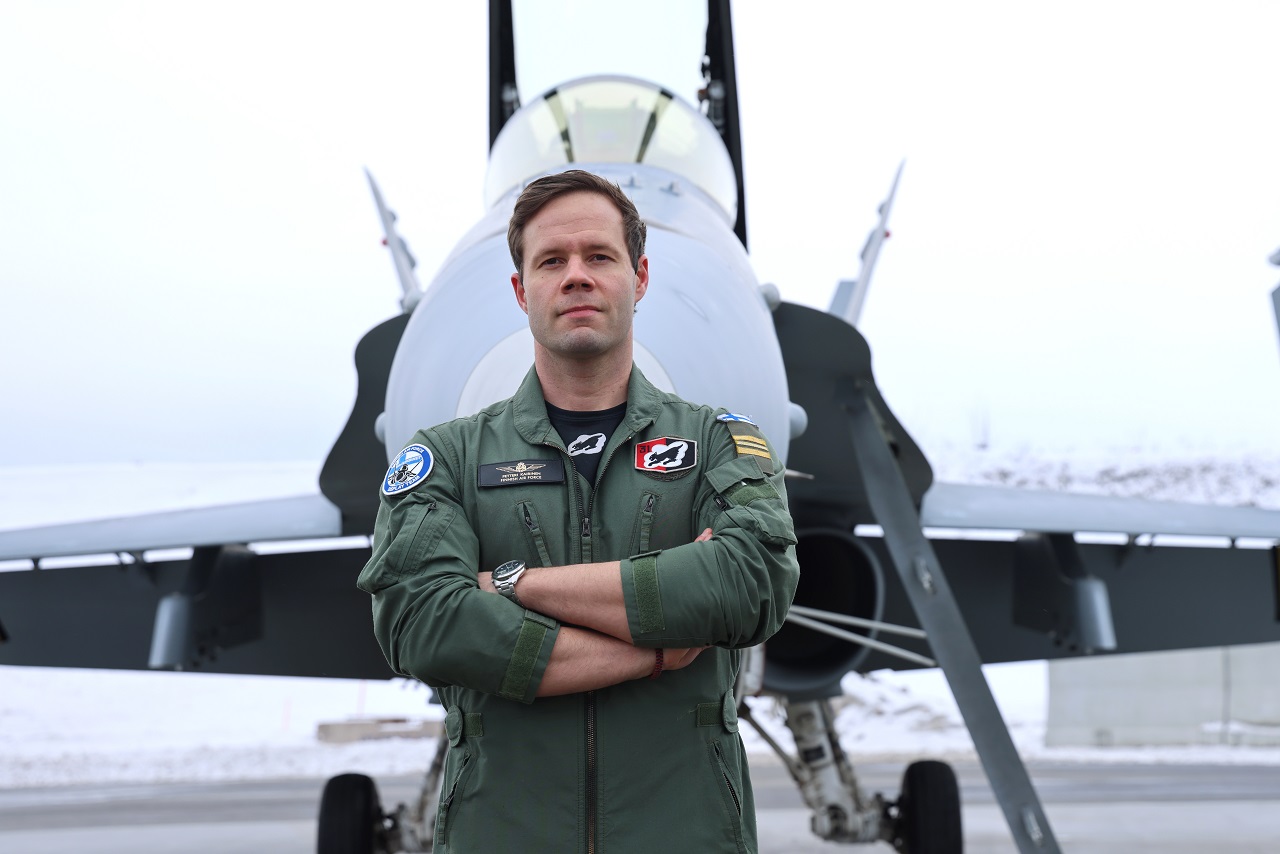
Captain Petteri Kairinen from Fighter Squadron 31 of the Karelia Air Wing is the Finnish Air Force's main display pilot in 2024. Kairinen has 10 years of experience of flying the F/A-18 Hornet fighter and 1,000 flight hours. The stand-in display pilot this year is Captain Paulus Kärnä from Lapland Air Wing.
In addition to flying exhibitions, Kairinen serves as Deputy Commander of 1st Flight, with responsibility for flight operations and their planning. In daily flight duty, Kairinen is an aerial combat instructor. His “Loudeater” call sign is linked to a story about unnecessary loud comments made at a meal during a Hornet meeting.
What are your expectations for the air show season?
.jpg/3c0f8c6f-b459-6322-1125-bb2ae410b842?t=1713331954190)
What is it like to work in Karelia Air Wing?
The job description is very diverse and I learn something new every day. After a 10-year squadron career, I can’t say that every day is different but it’s still very interesting. We had international cooperation nearly every week even before joining NATO, but membership has clearly increased our participation in international exercises and other events. Despite the interesting work duties, the best part of Karelia Air Wing is the amazing work community and squadron spirit.
You were the stand-in display pilot last season – what kind of planning process was involved in this year's Hornet Solo?
The planning was based on observations made last year, and I included the elements that I particularly liked.
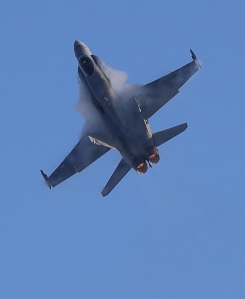
The duration of the display is an important factor to take into account during planning. I shortened the length slightly from last year, which makes the plane lighter at the beginning of the routine due to the smaller amount of fuel and subsequently improves performance.
Do you practice the manoeuvres included in the routine here or do pilots learn them during training?
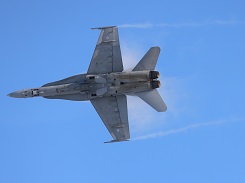
How often do you practise your Hornet solo display and does the weather affect it?
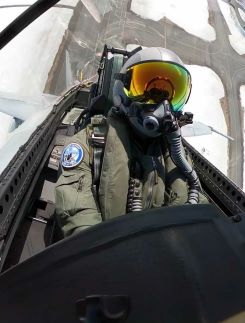
The sequences designed for good weather and intermediate conditions are relatively similar, and only certain manoeuvres change if the cloud ceiling is lower. The poor weather sequence has remained practically the same as the previous year, because there are very few variations in the manoeuvres during bad weather.
You were an active footballer for a long time and you’re very physically active in general. Can you describe the physical abilities a pilot needs for a display flight or what qualities would be especially useful?
The most important thing is to get a variety of physical activity. In other words, there’s no special sport linked to flying. In terms of display flights, a certain level of muscular fitness helps support the body when flying at large G forces.
What is the best part of a Hornet solo – showing off your skills to the audience or the actual flying?
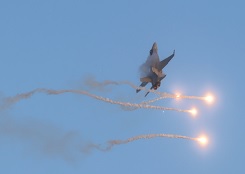
What routines do you have when preparing for your Hornet display flight – are they the same as before any other flight?
It's not exactly the same. If the schedule permits, I always try to warm up before the display flight. That 8-minute performance is surprisingly hard on the body. Along with warming up, I go through the sequence in my mind from start to finish. This makes it much easier in the plane, because once the sequence begins there’s no time to think about what manoeuvre comes next.
What's the best thing about flying a Hornet?
Compared to many other fourth-generation fighters, the Hornet has exceptional manoeuvring capabilities, especially at low speed and high angles of attack. Its manoeuvrability remains good regardless of the speed range, and the thrust is enough to make changes at high speeds or altitude.
You already had a double degree before you decided to apply for the pilot reserve officer course. What would you say to a young person who sees you at an air show this year and dreams of a career as a fighter pilot?
The most important thing is to believe in your abilities. I didn’t have any aviation experience or aviation background in the family, but my father encouraged me to apply. Although there are many test phases and the application phase is relatively tough, I quickly noticed that I might have what it takes to be a pilot. Just being yourself and doing your best will usually take you a long way.
The Air Force's Hornet Solo display can be seen this year at the following events: 15 –16 June Vaasa Airshow, 24 August Nordic Air Power 2024, Sweden, 6–7 September Airpower 24, Austria, 21–22 September International Sanicole Airshow, Belgium, and at the Finnish Air Force’s Careers in Military Aviation Day events.
.jpg/9233564a-5b51-3a63-6b5b-2c02c7e4d47d?t=1713337164855)
Follow the Air Force on social media
Facebook @ilmavoimat
X @FinnishAirForce
Instagram @ilmavoimat



